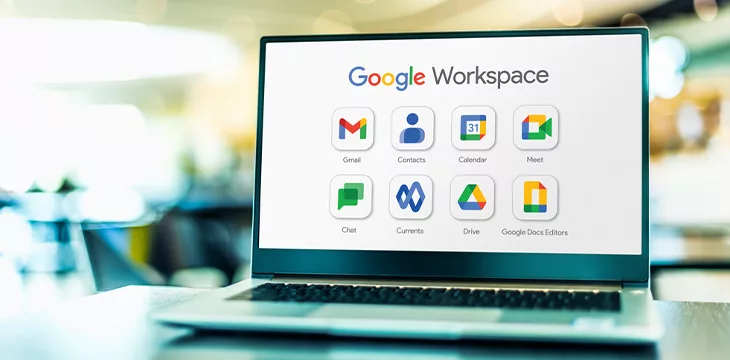
|
Getting your Trinity Audio player ready... |
Tech giant Google (NASDAQ: GOOGL) has introduced new artificial intelligence (AI) tools for teen students using Google Workspace as a learning aid by integrating Gemini, its frontline large language model (LLM).
According to a company blog post, the new features are designed to inspire creativity among learners while preparing them for a generative AI future. The features range from heightened safety guardrails to advanced functionalities bordering on video creation, grading, and collaboration.
Google says it will roll out “extra data protection” for learners, with the firm waiving the right to charge educational institutions a fee. As a further layer of protection, Google confirmed that Gemini will remain turned off by default until administrators choose to activate the features.
Gemini will automatically flag inappropriate content not suited to teenage learners, and the model will use a double-check feature to confirm the accuracy of its responses. Plans are to incorporate new extensions to Google Workspaces for educational institutions to ensure that learners rely only on trusted sources for their information.
Per the announcement, learners will be introduced to generative AI through an in-depth onboarding video and the use of a Learning Coach to assist students in getting the most out of the offering.
A core part of the new features revolves around engaging learners and tracking their progress using AI functionalities. The introduction of an AI-based video generator and the Read Along in Classroom feature is expected to complement the efforts of teachers and engage students in novel ways.
Through the new features, interactive lessons will be seamless with Gemini supporting a large pool of languages including Hebrew, Farsi, and Arabic. For teachers, learning AI-based grading is expected to reduce their workload, particularly for bulk scoring actions and setting grading periods.
The new upgrades center on the need to foster collaboration with Google to support the integration of the Student Information System (SIS), electronic signatures, and improved guardian access. Other perks include introducing a dark-themed mode to reduce eye strain, chat restrictions, and regional fonts.
Walking the tightrope of AI in education
Since AI became mainstream, tech firms have explored the viability of introducing the technology into classrooms with a measure of success. AI-based tools Khanmigo and Speechify have been hailed for improving learning experiences for students and assisting learners with dyslexia, but fears of misuse lurk in the shadows.
A September United Nations (UN) report highlighted the potential for plagiarism and an overdependence on chatbots, which could stunt creativity unintendedly. To reduce the downsides, the UN recommends public consultations for a global rule book, hinting at age restrictions, tighter safeguards, and integration with other emerging technologies.
In order for artificial intelligence (AI) to work right within the law and thrive in the face of growing challenges, it needs to integrate an enterprise blockchain system that ensures data input quality and ownership—allowing it to keep data safe while also guaranteeing the immutability of data. Check out CoinGeek’s coverage on this emerging tech to learn more why Enterprise blockchain will be the backbone of AI.
Watch: Adding the human touch behind AI
Recommended for you
Lorem ipsum odor amet, consectetuer adipiscing elit. Elit torquent maximus natoque viverra cursus maximus felis. Auctor commodo aliquet himenaeos fermentum
Lorem ipsum odor amet, consectetuer adipiscing elit. Accumsan mi at at semper libero pretium justo. Dictum parturient conubia turpis interdum

 11-21-2024
11-21-2024


